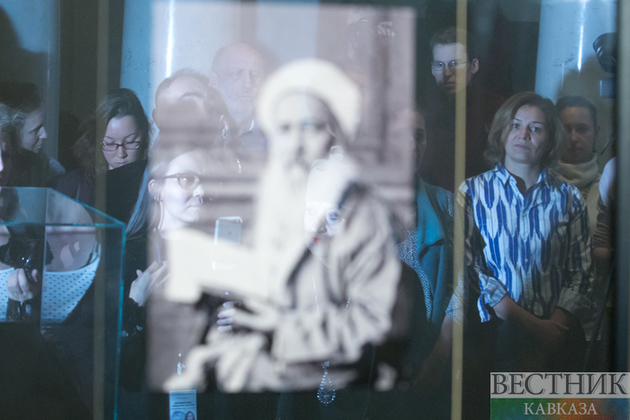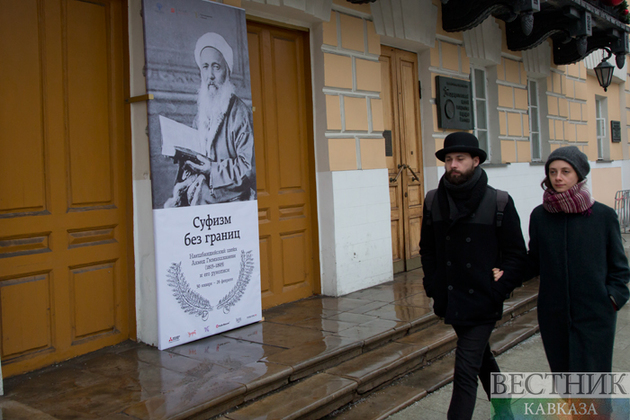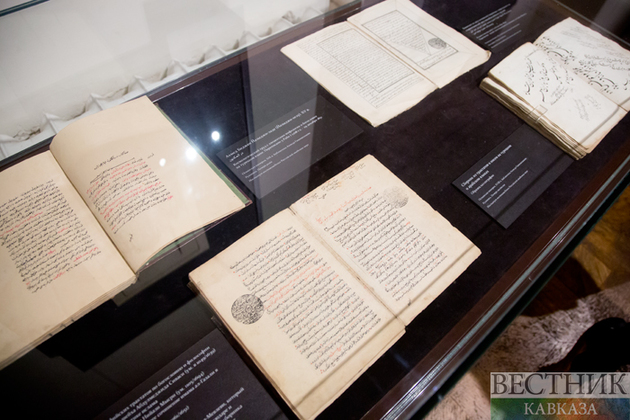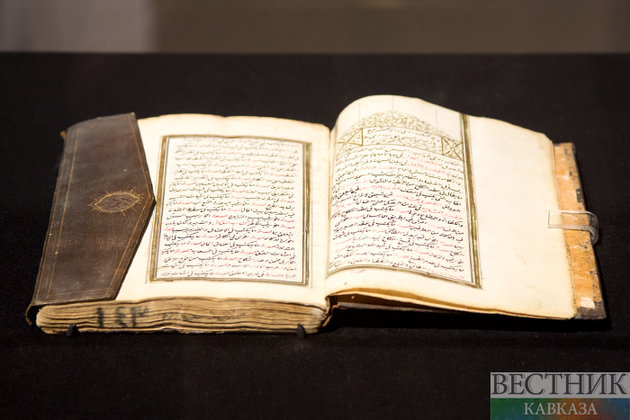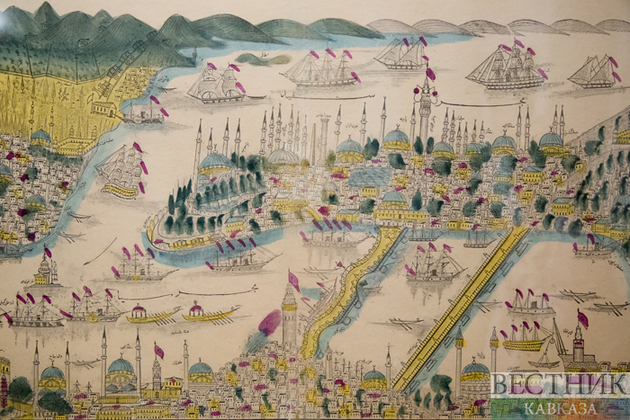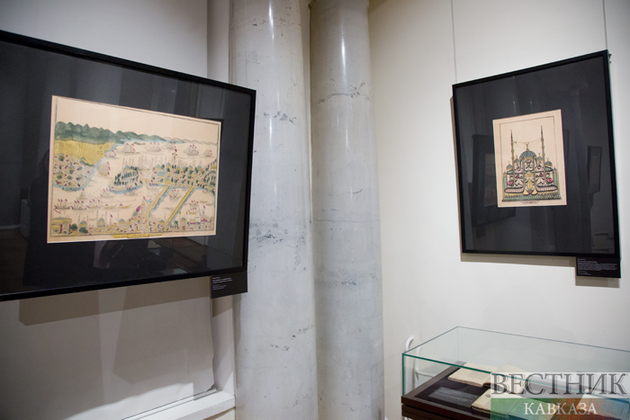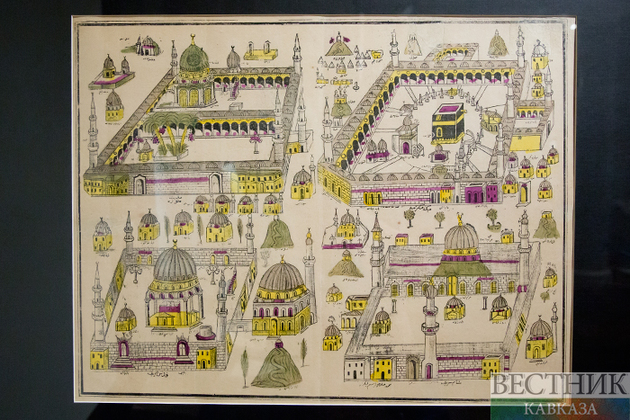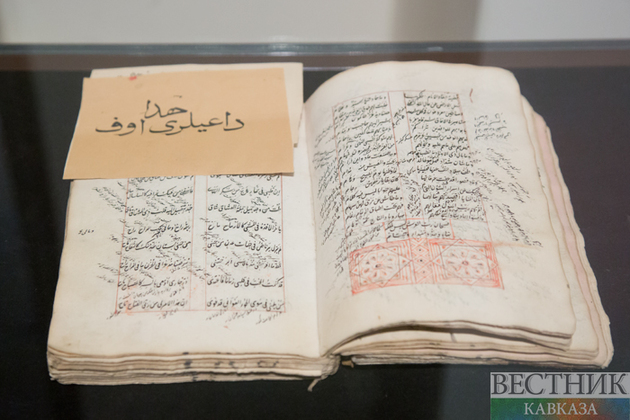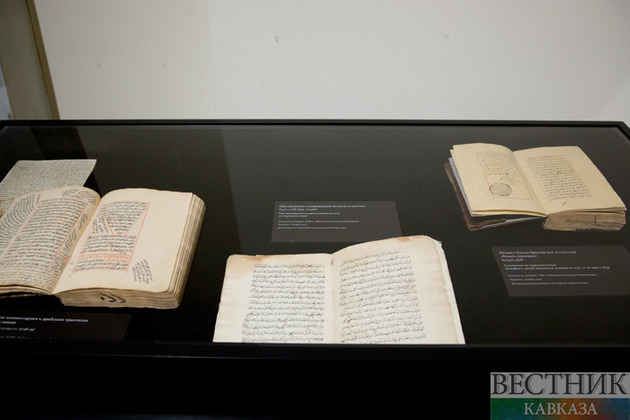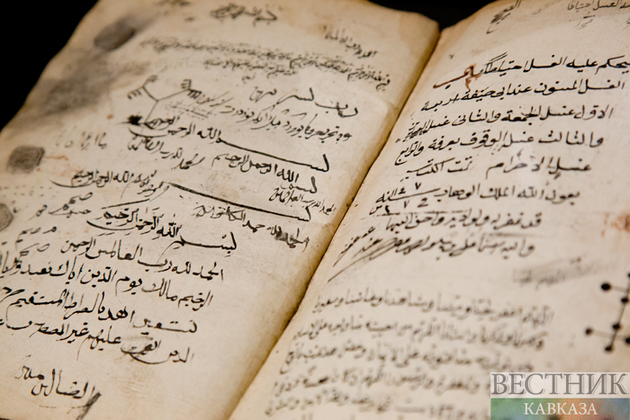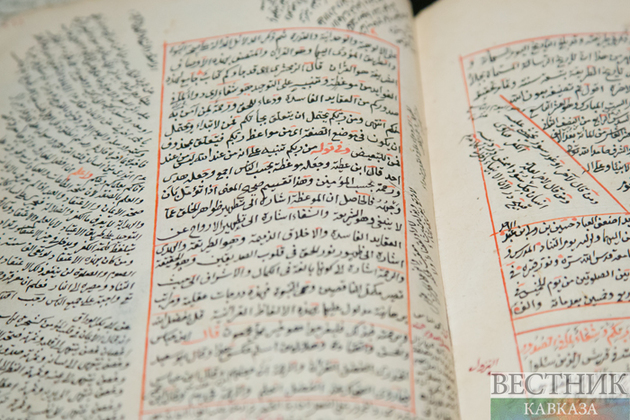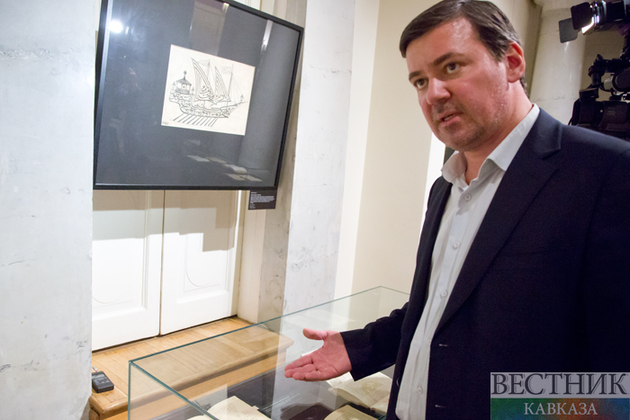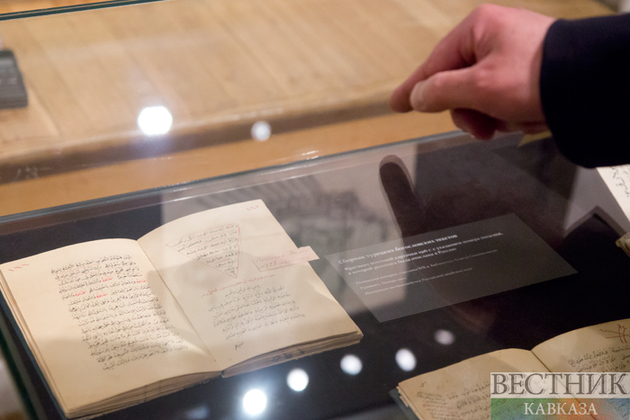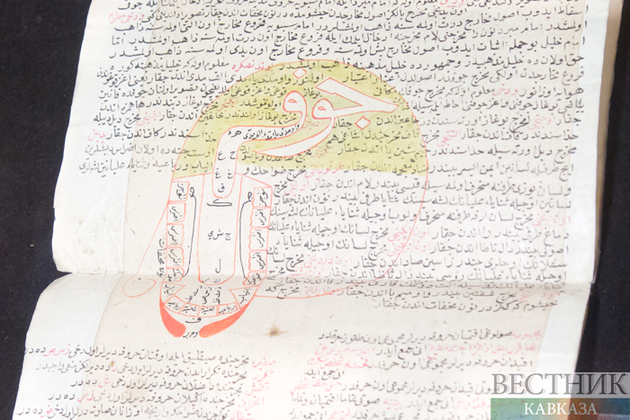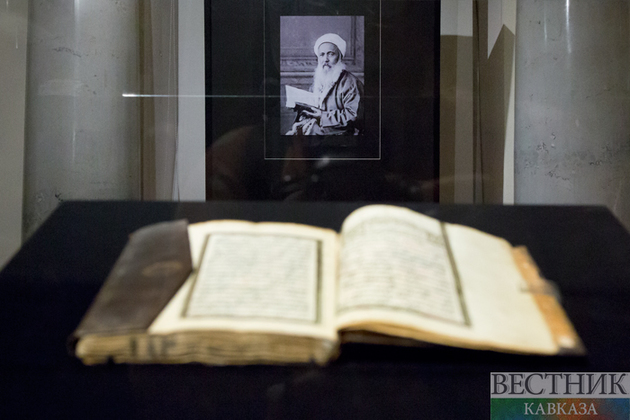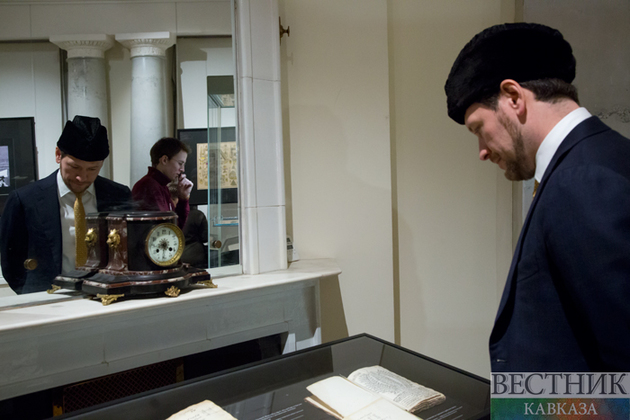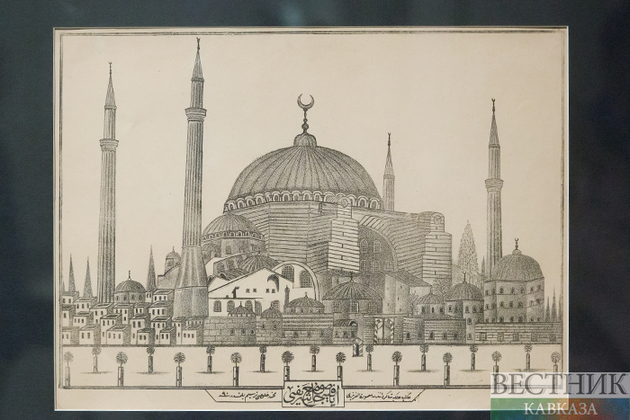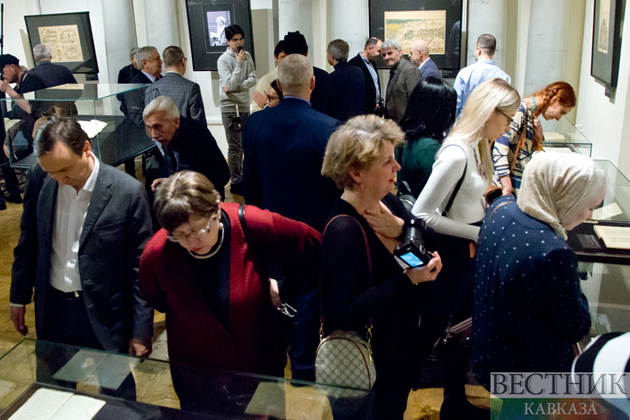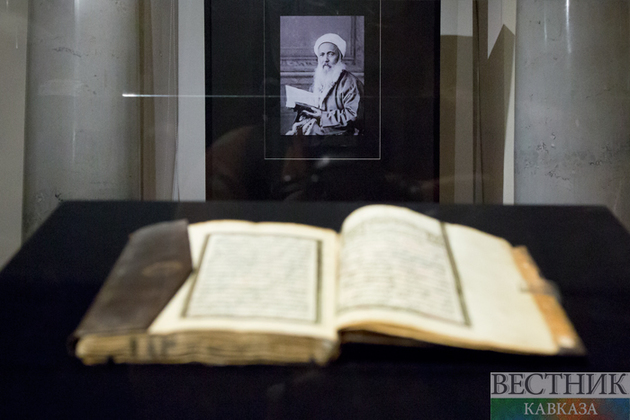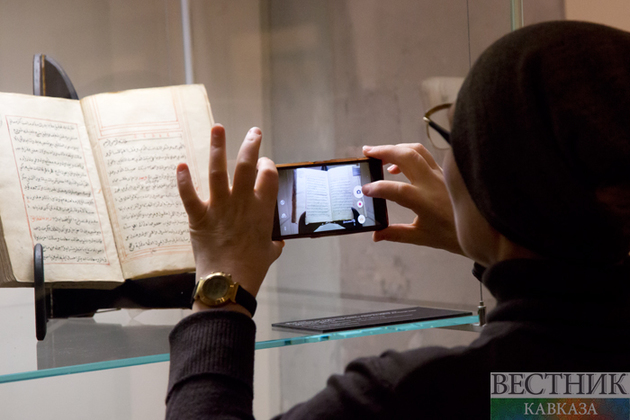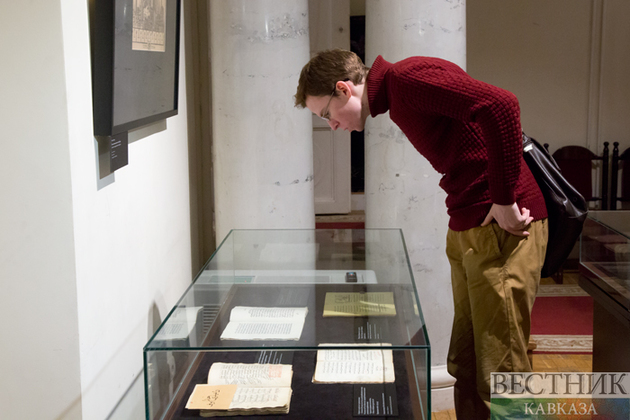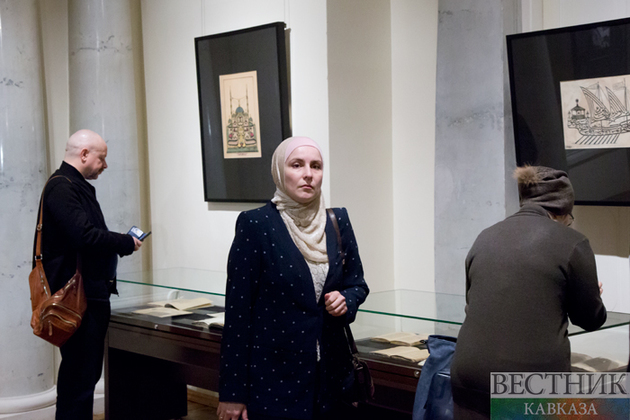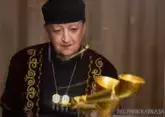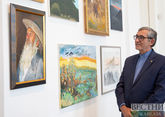The exhibition 'Sufism without Borders. Naqshbandi Sheikh Ahmed Gyumyushkhanevi and his manuscripts', dedicated to the 100th anniversary of the establishment of Russian-Turkish diplomatic relations, has opened at the State Museum of Oriental Art on Nikitsky Boulevard. Ahmed Ziyauddin Gumyushkhanevi was one of the most famous and prominent Sufi sheikhs who lived in the Ottoman Empire in the second half of the 19th century. His residence was very popular. Abdul Hamid II, the last Turkish sultan, visited it several times. Gumyushkhanevi was buried next to the Suleymaniye Mosque.
The sheikh collected four libraries throughout his life with several thousand books in each. For many years it was believed that his legacy was lost during the World War I. But several dozen manuscripts with the personal stamp of the Sheikh, some of which, possibly autographs, were recently found in Moscow state collections and private collections.
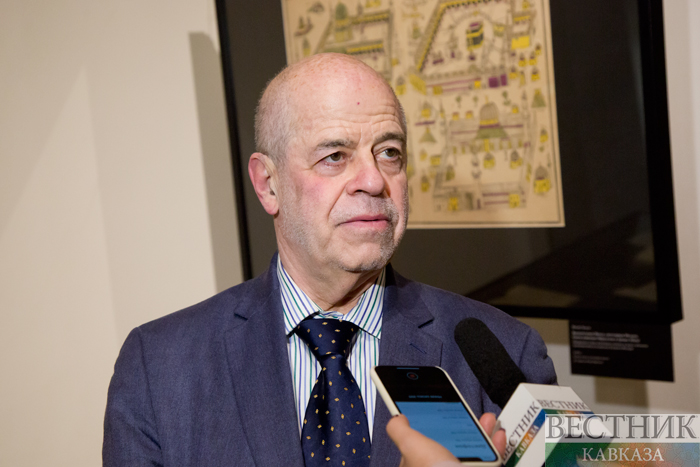
Scientific director of the Institute of Oriental Studies of the Russian Academy of Sciences Vitaly Naumkin gave three reasons why the exhibition is so relevant: "The demonstration of the significance of the Sufi sheikh's heritage is the first. The second is a demonstration of these manuscripts, which are of great value to the Islamic heritage, for Muslims, including our Muslim Ummah. The third is a demonstration of the role of the Russians who saved these manuscripts from destruction."
The exposition presents about 30 manuscripts, most of them belong to the Institute of Oriental Studies of the Russian Academy of Sciences. They demonstrate the widest range of the sheikh's interests.
"He was interested in many disciplines, both classical, and Koranic, and Fiqh, and Sharia, and Kalam, that is, abstract philosophy, and medicine, since it was considered as a religious discipline. It was prophetic medicine. Its source was not only Greek science, but also the Sunnah of the prophet. Therefore, the Sheikh was interested in all of this. We see here works and manuscripts devoted to almost all of these subjects," the deputy director general of Museum of Oriental Art, curator of the exhibition Ilya Zaitsev said.
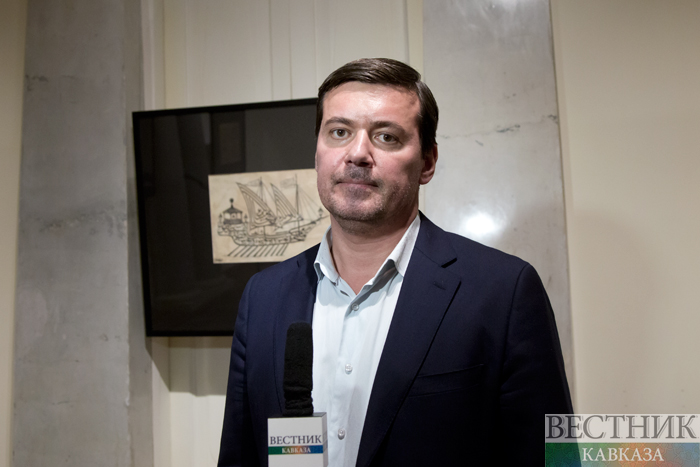
The community of the Sheikh's followers still numbers more than a million people. They live in different parts of the world - from China to the Comoros. Among the Sheikh’s students were the mentors of current Turkish politicians. Gyumyushkhanevi had a tremendous influence on Russian Muslims.
The exhibition will run until February 26.
